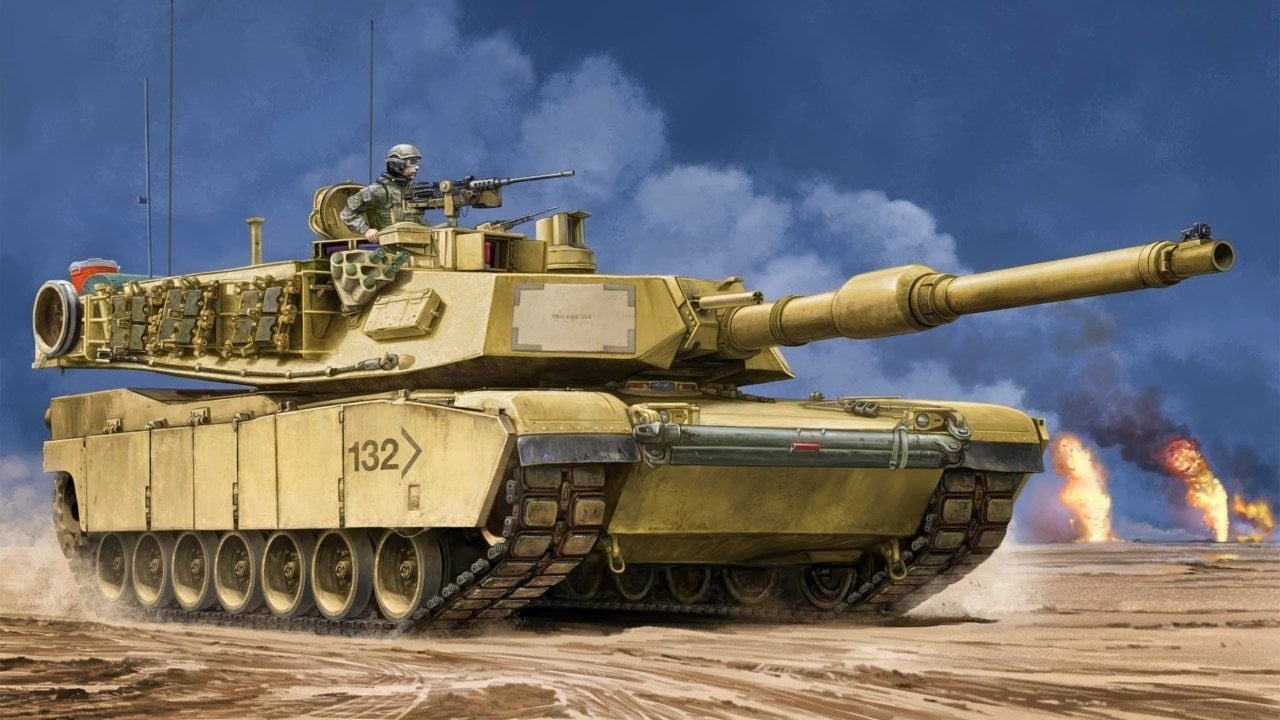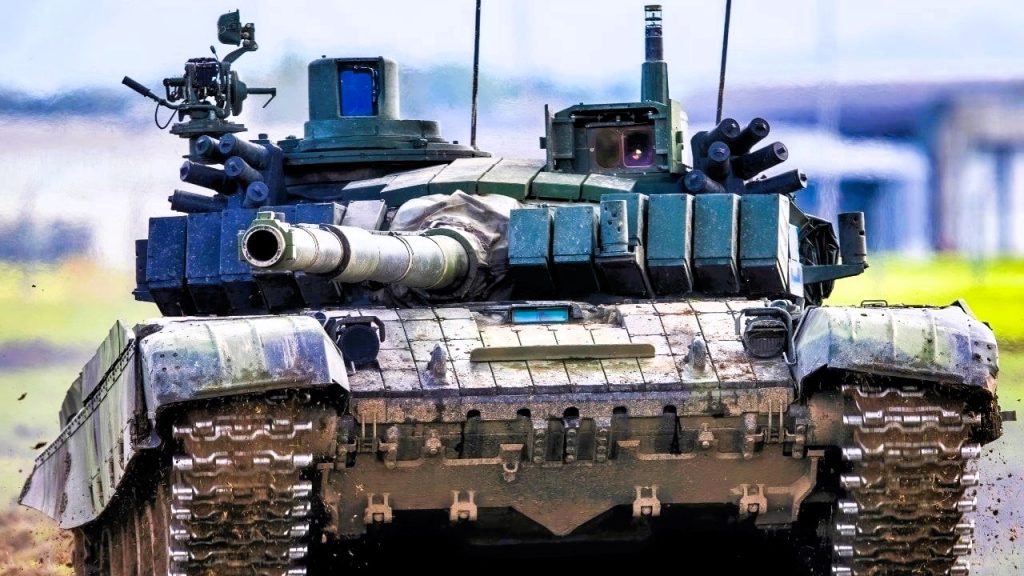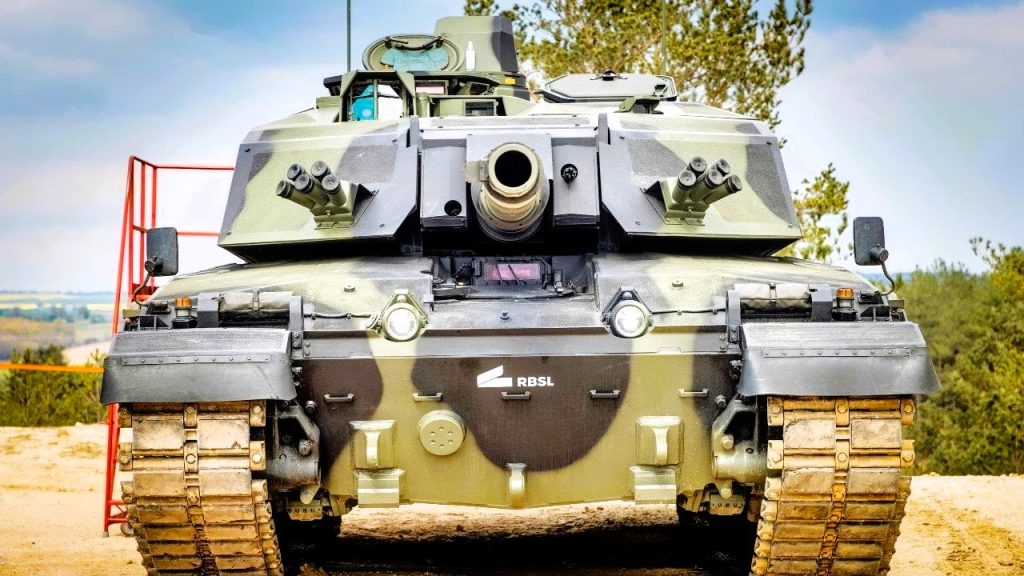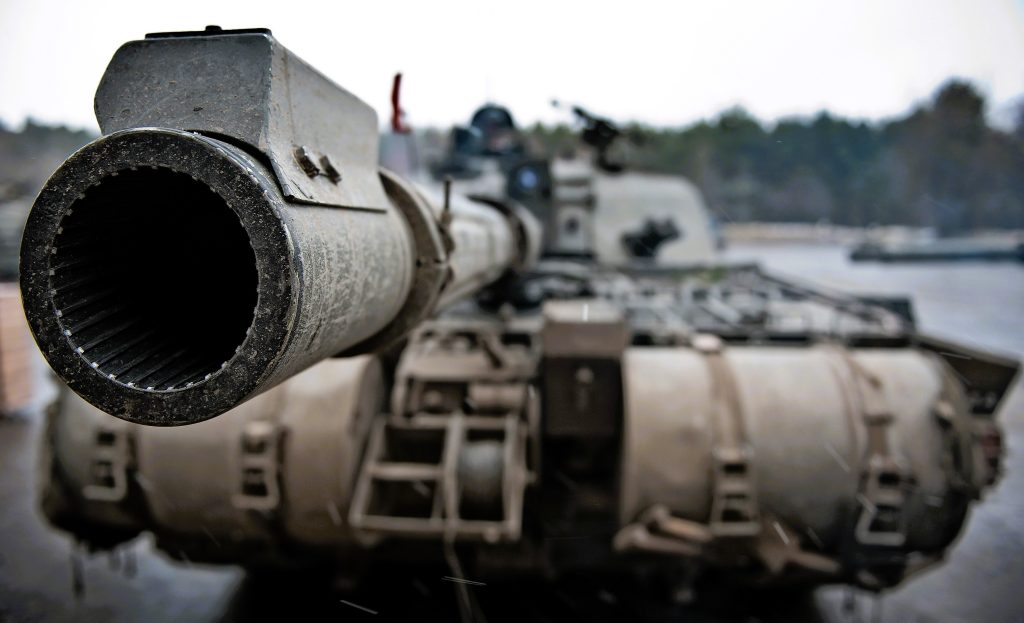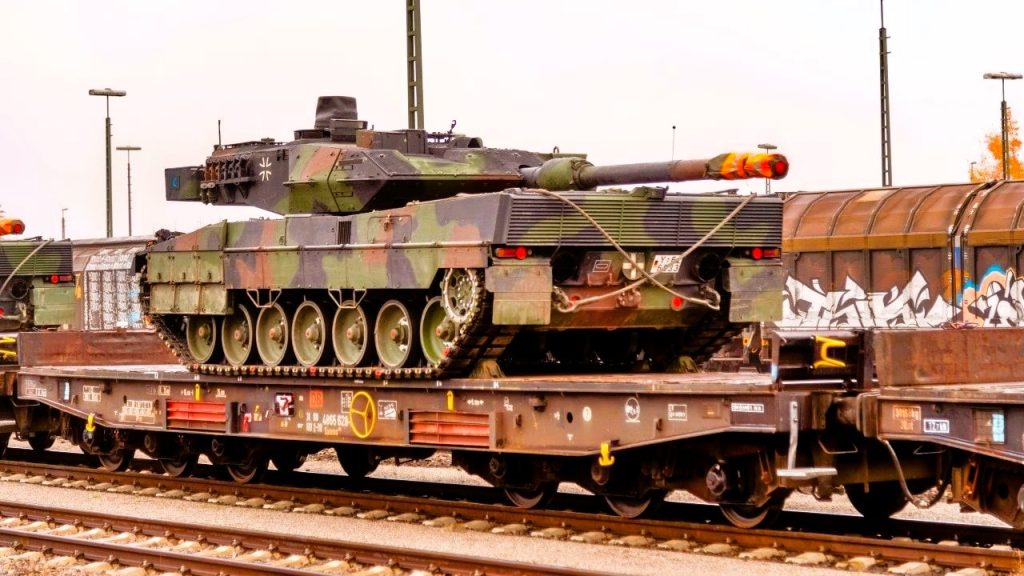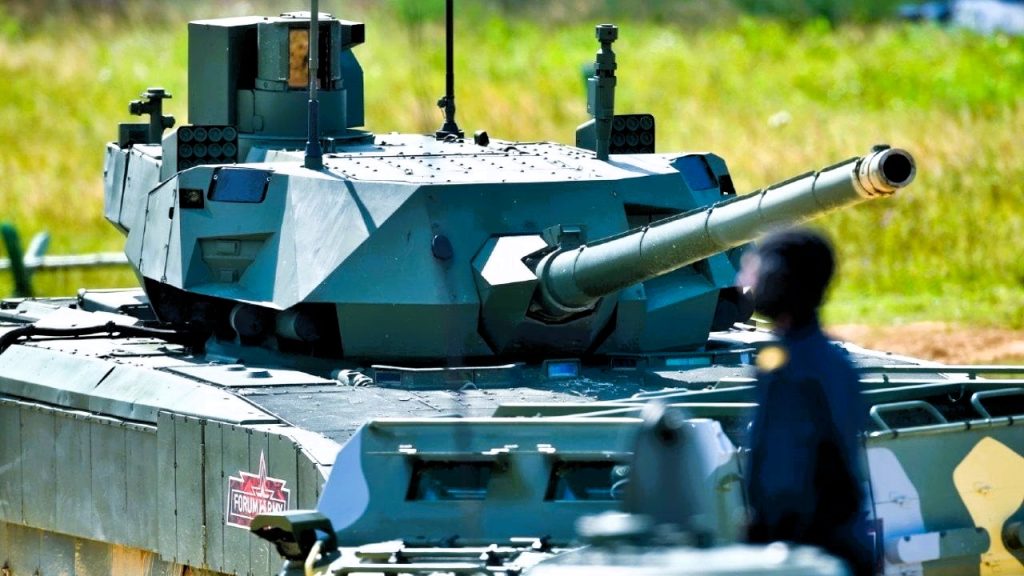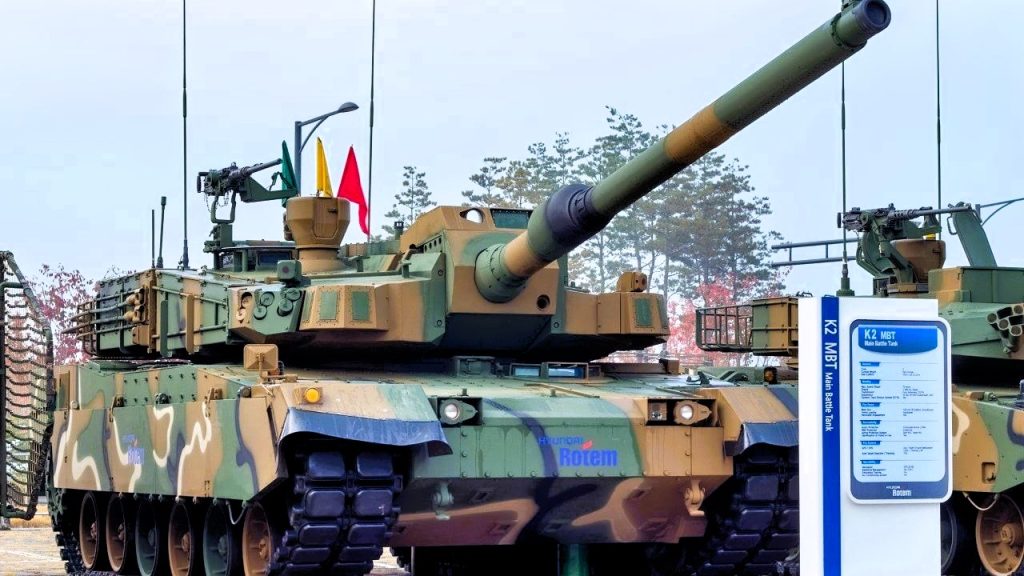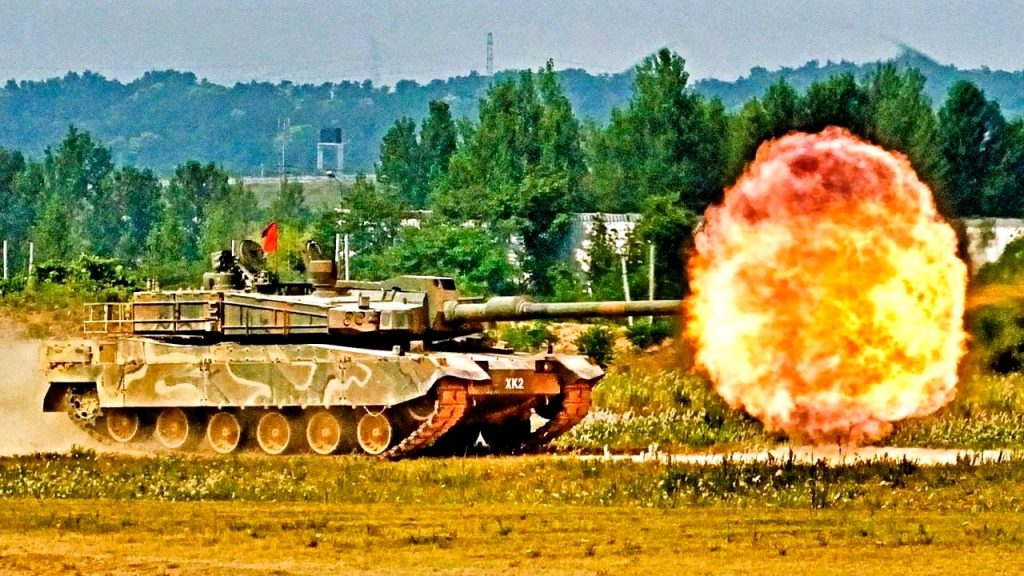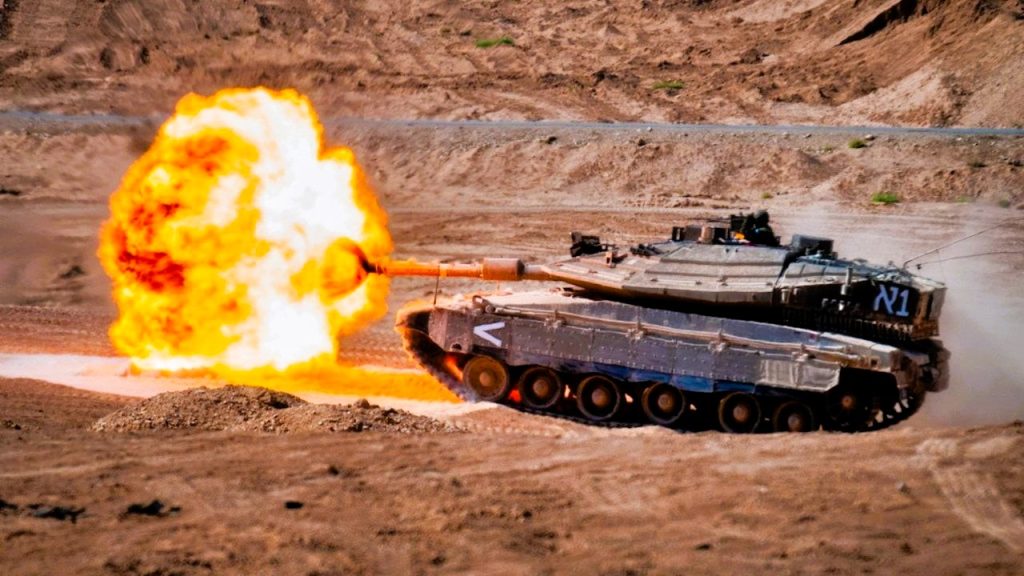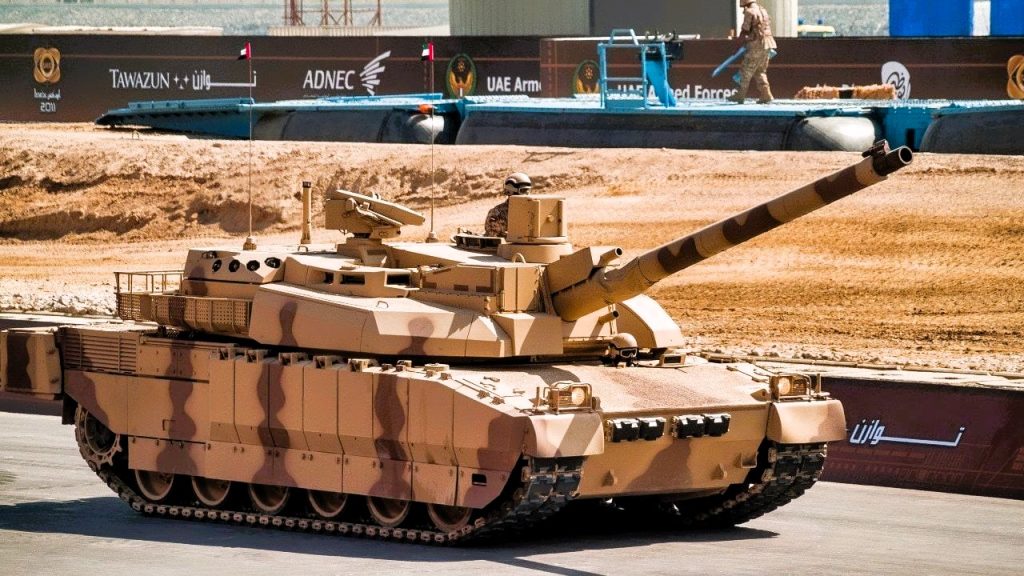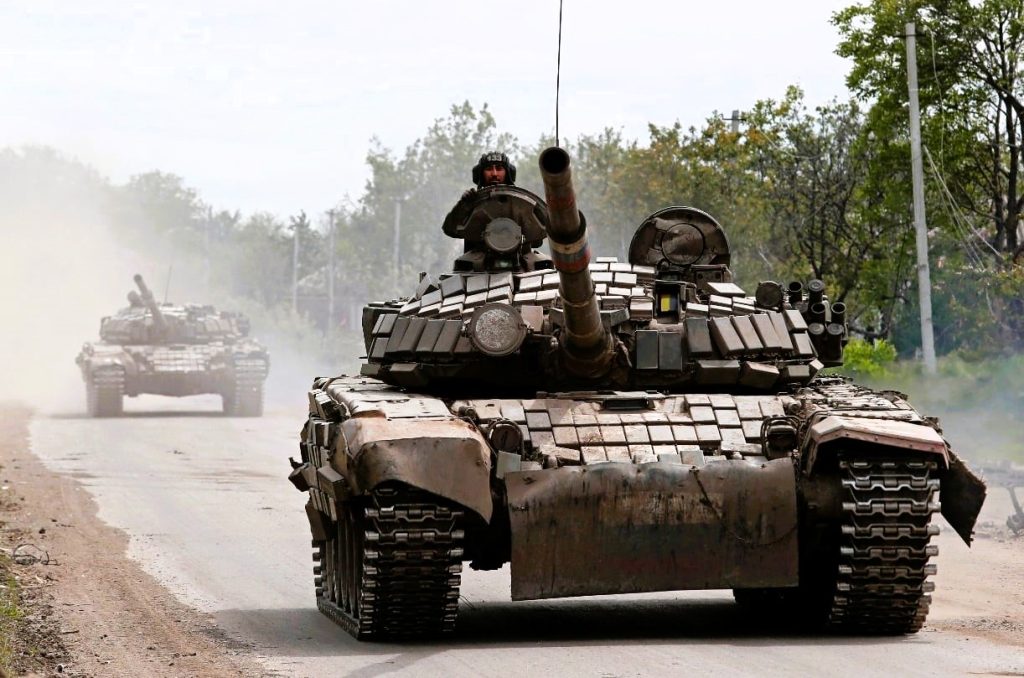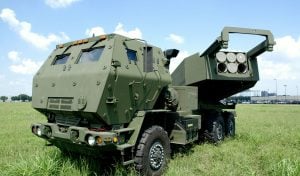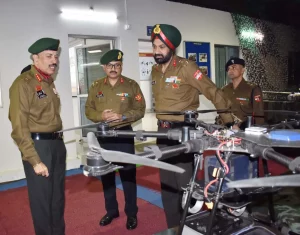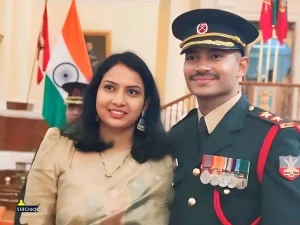The Main Battle Tanks (MBT) has been a pivotal component of modern warfare since its inception during the closing stages of World War I. Combining formidable armor, speed, mobility, and firepower, Main Battle Tanks have evolved significantly over the decades. Today, amidst a landscape of technological advancements and strategic challenges, we assess the top 10 Main Battle Tanks in service worldwide.
Evolution of Main Battle Tanks
From the static trench warfare of World War I to the rapid armored thrusts of modern conflicts, Main Battle Tanks have continuously adapted to meet new challenges. Innovations in armor, weapons, and mobility have defined their effectiveness on the battlefield. As warfare dynamics shifted, so did the criteria for evaluating the best MBTs, moving beyond traditional metrics to include survivability, affordability, and adaptability to modern threats like drones and advanced anti-tank systems.
Criteria for Ranking
The ranking of these tanks considers various factors:
- Firepower: The main gun’s caliber, ammunition capabilities, and secondary armaments.
- Protection: Armor composition, active and passive defense systems, and crew survivability.
- Mobility: Speed, maneuverability, and engine performance.
- Technology: Integration of advanced sensors, electronic warfare systems, and AI capabilities.
- Operational Effectiveness: Combat record, reliability, and ease of maintenance.
- Cost and Production: Affordability, ease of mass production, and logistical sustainability.
10. British Challenger 3
The Challenger 3, successor to the Challenger 2, represents a significant upgrade with enhanced firepower and modernized electronics. Equipped with a powerful 120mm L55A1 gun and advanced armor, it boasts improved target acquisition and electronic warfare capabilities. However, its high cost and limited production capacity impact its overall effectiveness on the battlefield.
9. British Challenger 2
The Challenger 2, while reliable, faces challenges due to its weight and mobility issues, particularly evident in soft terrains like those encountered in Ukraine. Armed with a 120mm gun and used by both the British Army and Oman, its combat effectiveness against near-peer adversaries has been questioned due to these limitations.
8. German Leopard II
Renowned for its technological sophistication, the Leopard II combines firepower and maneuverability effectively. However, its high cost and limited availability have constrained its widespread deployment. Recent conflicts have highlighted vulnerabilities when faced with overwhelming enemy numbers and advanced anti-tank capabilities.
7. Russian T-14 Armata
The T-14 Armata represents Russia’s pinnacle of tank design, incorporating advanced technologies like unmanned turrets and active protection systems. Despite its impressive features, its high cost and complexity have restricted its deployment numbers, limiting its impact in current conflicts like the ongoing war in Ukraine.
6. Chinese T-99
China’s T-99 merges influences from Western and Soviet tank designs, featuring advanced defensive systems like laser protection and modular armor. With over 1,200 units produced, it serves as the backbone of China’s armored forces, balancing affordability with modern capabilities, albeit with untested combat performance.
India’s First Indigenous 1500 HP Engine for Main Battle Tanks Successfully Test-Fired
5. Korean K2 Black Panther
South Korea’s K2 Black Panther excels in engine performance, defense systems, and firepower with a 120mm gun capable of rapid firing rates. Its advanced technology, including electronic warfare capabilities, positions it as a formidable challenger despite concerns over its high production cost and logistical sustainability in prolonged conflicts.
4. French Leclerc XL
Designed for speed and maneuverability, the Leclerc XL features a 120mm smoothbore gun and reactive armor, offering agility on the battlefield. However, its limited combat record and production challenges have raised doubts about its effectiveness against peer adversaries in large-scale conflicts.
3. Israel’s Merkava V
The Merkava V, known as “Barak,” integrates advanced sensors, electronic warfare systems, and an AI-driven targeting system. Developed for Israel’s specific operational needs, its robust design and firepower make it a potent force, though its limited deployment scale raises questions about mass production capabilities.
2. American M1 Abrams
A cornerstone of U.S. armored forces, the M1 Abrams boasts a proven combat record and ongoing upgrades like the AbramsX variant with AI capabilities. Despite its strengths, concerns about its aging design, high production costs, and vulnerability to modern anti-tank threats have surfaced in recent conflicts.
1. Russian T-72
Surprisingly, the venerable T-72 retains its position as a leading Main Battle Tanks due to its simplicity, ease of production, and cost-effectiveness. Widely exported and operated by various nations, its combat effectiveness in conflicts like Ukraine underscores its resilience despite technological advancements in adversary capabilities.
Conclusion
The evolution of Main Battle Tanks reflects the evolving nature of modern warfare, balancing technological advancements with practical considerations like cost, production capacity, and adaptability to diverse combat environments. While each tank in the top 10 possesses unique strengths, the ability to maintain operational effectiveness under real-world combat conditions remains the ultimate test of their greatness in the modern era. As threats evolve, so too must the capabilities and adaptations of these formidable war machines to maintain their relevance on the global battlefield.
FAQs
1. What defines a Main Battle Tank (MBT)?
Main Battle Tanks are heavily armored, highly mobile combat vehicles designed to engage enemy forces with direct fire. They typically feature a powerful main gun, secondary armaments, advanced armor protection, and sophisticated electronic systems for targeting and defense.
2. How were these tanks ranked?
The ranking of these tanks considers multiple factors including firepower, protection, mobility, technology integration (such as AI and electronic warfare), operational effectiveness, cost, and production capacity. Each tank’s combat performance and relevance in modern warfare scenarios were also evaluated.
3. Why is the Russian T-72 ranked as the top Main Battle Tanks?
Despite being a design from the Cold War era, the T-72 is widely used globally due to its simplicity, ease of production, and cost-effectiveness. It has proven resilient in conflicts like the ongoing war in Ukraine, where its sheer numbers and affordability have played a crucial role.
4. Which tank has the most advanced technology?
The Russian T-14 Armata is often regarded as the most technologically advanced MBT, featuring unmanned turret systems, active protection systems, and advanced sensors. However, its high cost and complex production have limited its widespread deployment.
5. What are the main challenges facing modern Main Battle Tanks?
Modern Main Battle Tanks face challenges such as evolving anti-tank technologies (like guided missiles and drones), mobility in diverse terrains, logistical sustainability, and the high cost of production and maintenance. These factors influence their operational effectiveness and strategic deployment.
